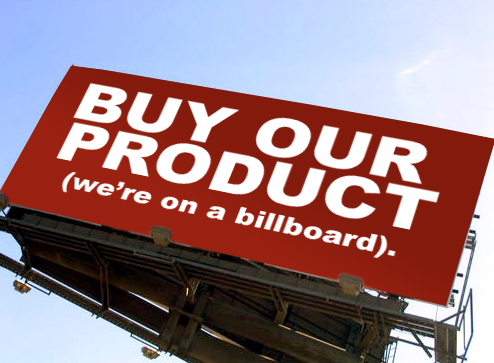Today’s market is already saturated. Given this environment, it has now been more important that we effectively reach out to attract more customers to our product or service. Nothing attracts customers more than being different among the rest of the competition.
Do you happen to know what you have that your peers don’t? Are there benefits in choosing you among all the other providers? These are some of the most important questions to ask when you’re trying to differentiate yourself in a very saturated market. Below are some ideas that can help you answer these questions.
Telling your customers what you can do for them
One very important part of standing out is explicitly telling your customers how they would benefit from getting your products or services. One common mistake that most business owners make is that when they present, they only stick to the features and forget the benefits entirely.
Benefits basically answer the question behind every customer’s mind: “What’s in it for me?” If you can include the benefits in your marketing strategies, believe me, you will get more customers. Instead of writing that your business “provides quality accounting services for small and medium business,” you can also put in some benefits in the mix. With benefits in mind, you can now explicitly tell your customers that your business can “reduce tax expenses, therefore increasing profits and increasing efficiency.”
Avoid generic terms
Generic terms like quality, efficiency, or professional applies to all business. In marketing your product or service, stay away from these terms as much as possible. Instead of differentiating yourself from the rest of the competition, you’d be falling into the trap of being ‘one of them.’ Come up with a creative business proposition that you don’t normally see in competitors. It would even be better if you can come up with taglines and quips that you’ve created on your own.
Unique is Beautiful
In packaging your product or service, make sure that you identify the unique features and benefits of your product and make them your product’s crowning accessory. Moreover, ensure that your product has a different look from cheaper or more inferior products. If there’s a little bit of similarity between your packaging and a competitors’, make sure to change yours. Be creative and innovative in packaging your products as this might be the characteristic that makes your product jump out of the shelf when placed among the competition.
It’s a Numbers Game
In promoting your product or service, always remember that it’s a numbers game. If your number of satisfied customers greatly outnumber the competition’s, then make sure you capitalize on that fact. Furthermore, publishing factual numbers available for your customers to view ensure that there’s transparency and your business has nothing to hide, therefore trustworthy.
Maximize the Potential of your Website
Keeping your website updated is another strategy that you can deploy in differentiating yourself from the others. No website updates mean that there is no business. You certainly don’t want your customers to think that your business is already closed. What you want to do is keep your customers coming back to your site because of very relevant and updated content on your site.
Research your Customers
The best way to differentiate your product from the rest is making them more targeted to a particular niche. You can get this information by asking your customers why they purchase from you and take note of their answers. You can also ask your customers as to why they chose your product among all the others. In finding out the reason for this, you can capitalize on it as your differentiating factor, and use that piece of customer data to attract more customers.
Don’t forget to Ask yourself
You’ve been looking at everything from all angles, revisiting your marketing, critiquing your product look, and interviewing your customers personally. Never forget the input of another important stakeholder in your business: you! Never forget to ask yourself the question of what sets you apart from your competitors. Your point-of-view also counts when it comes to finding out what separates your products and services from the rest of the pack.










